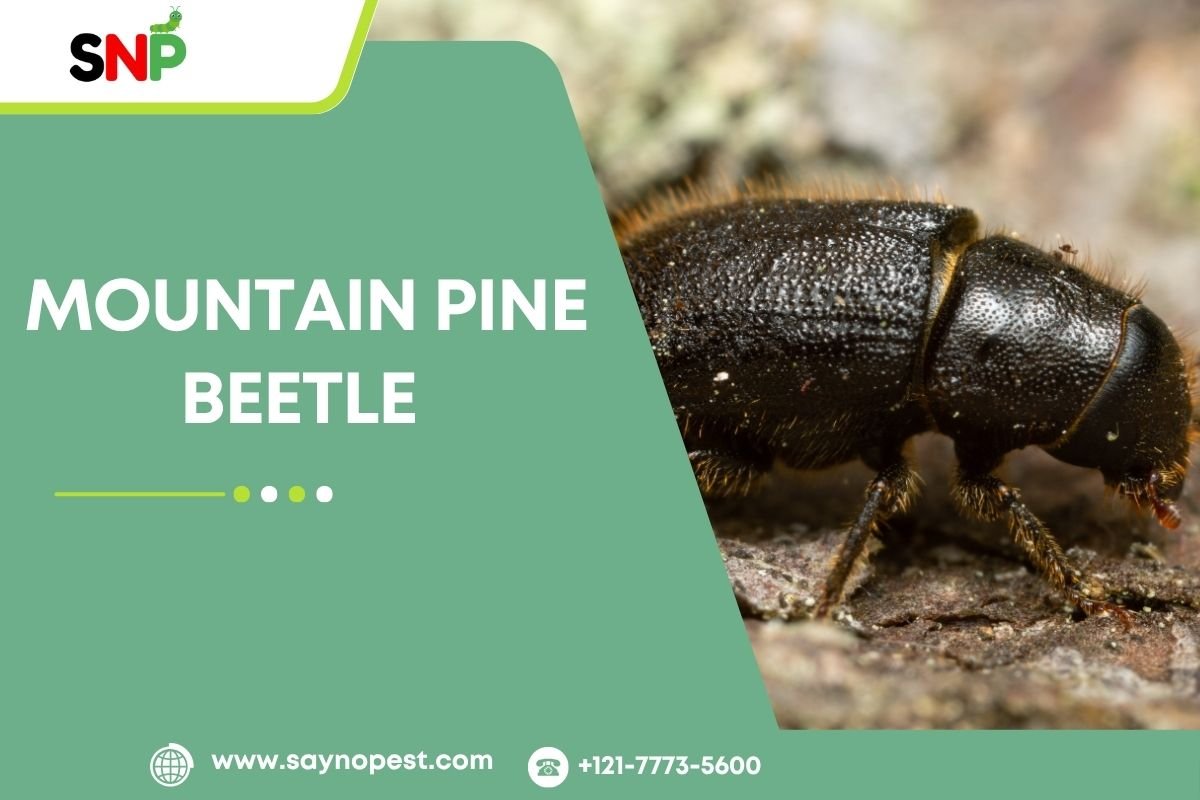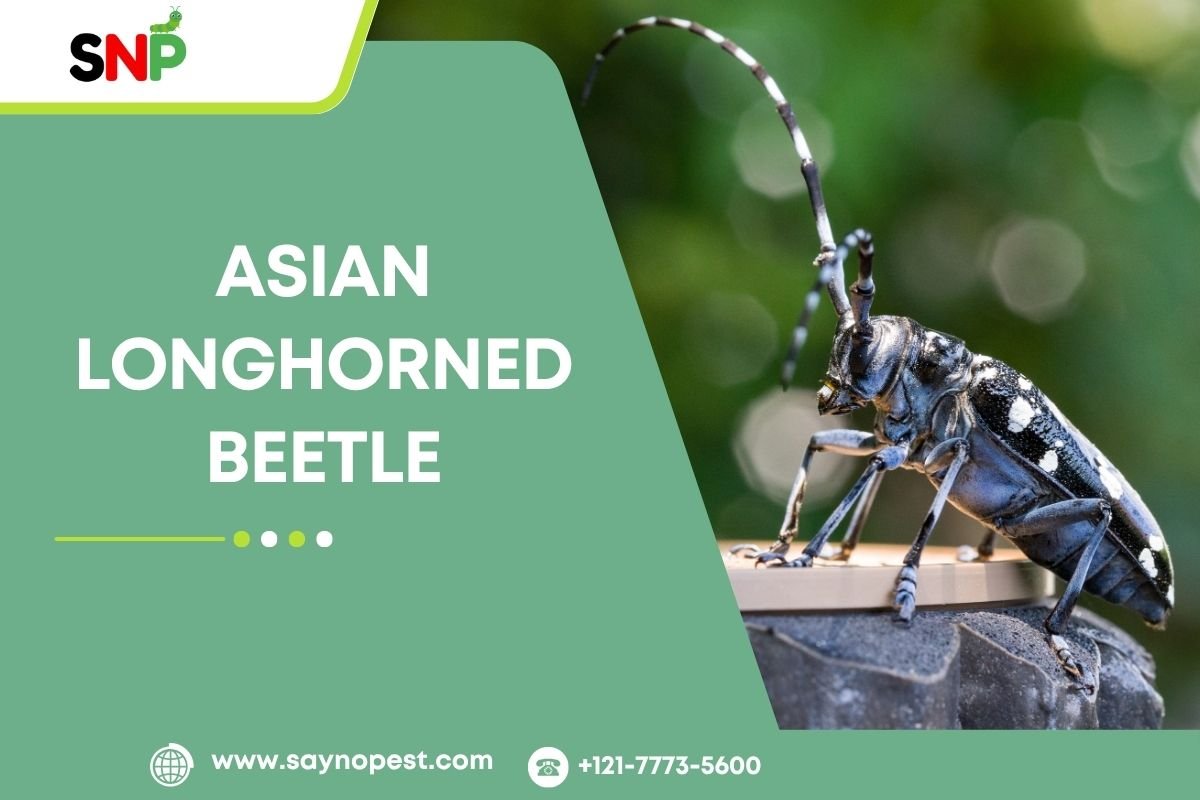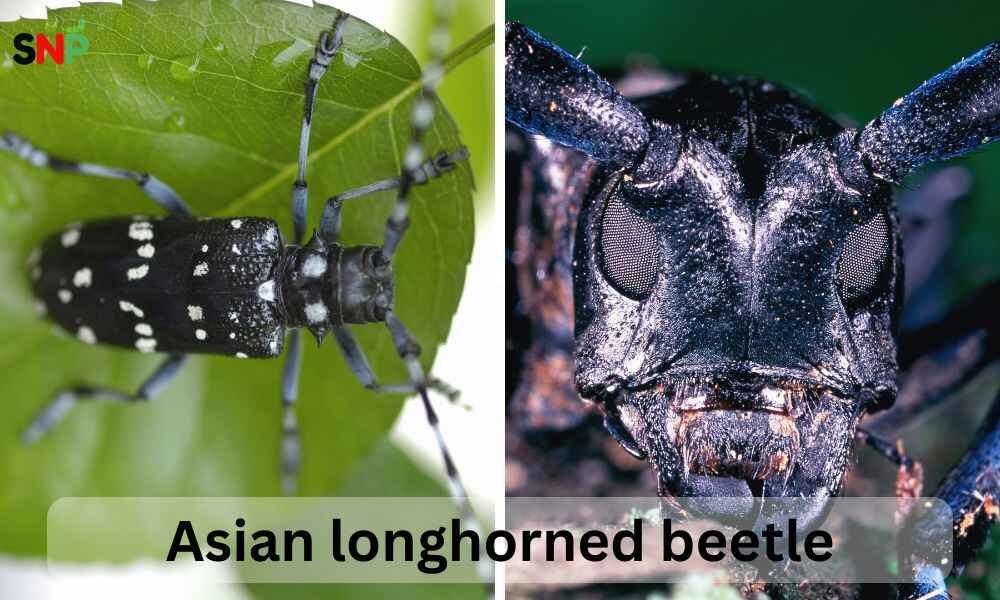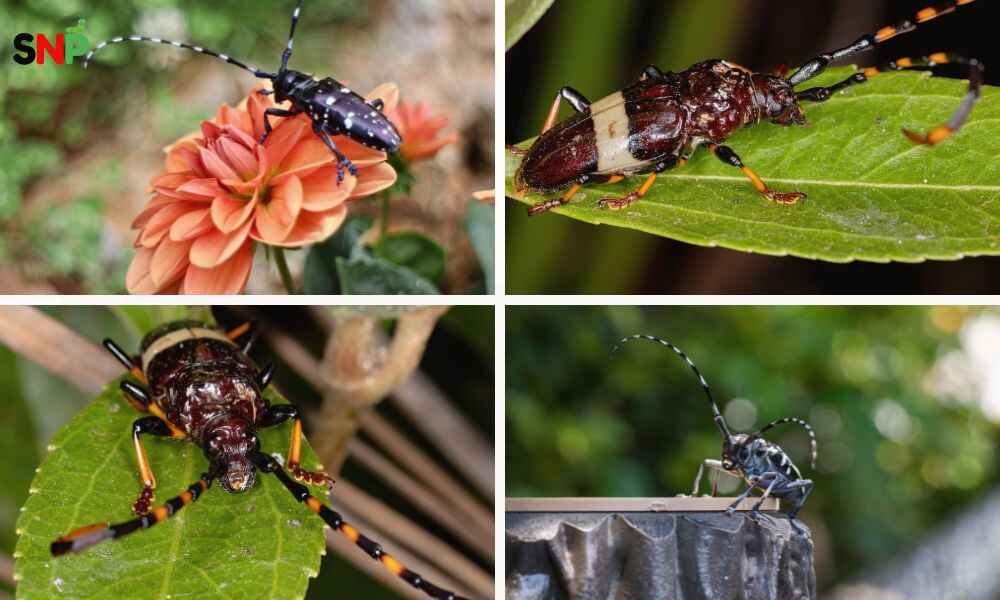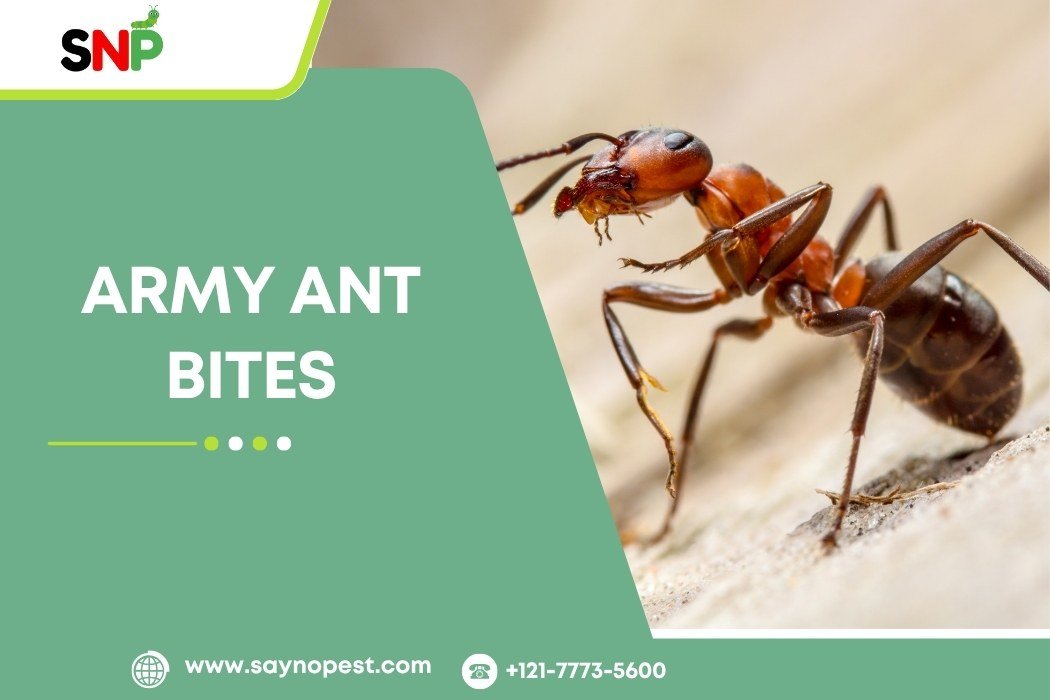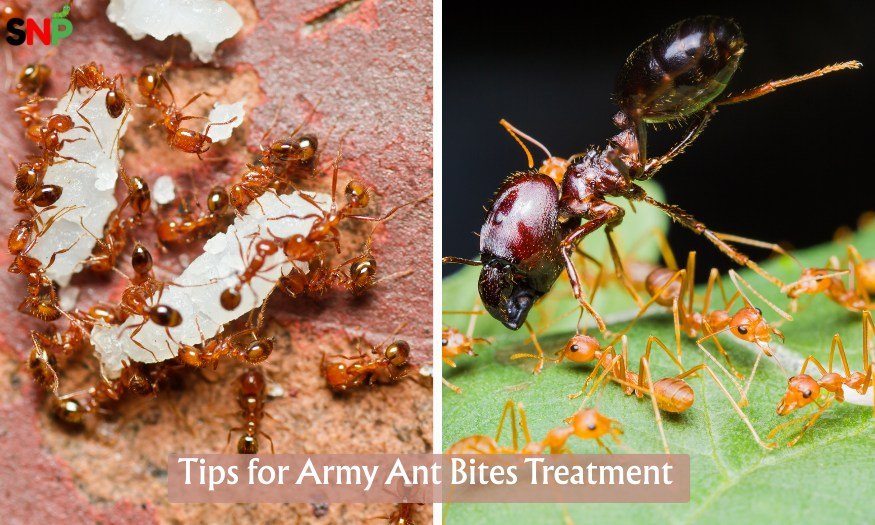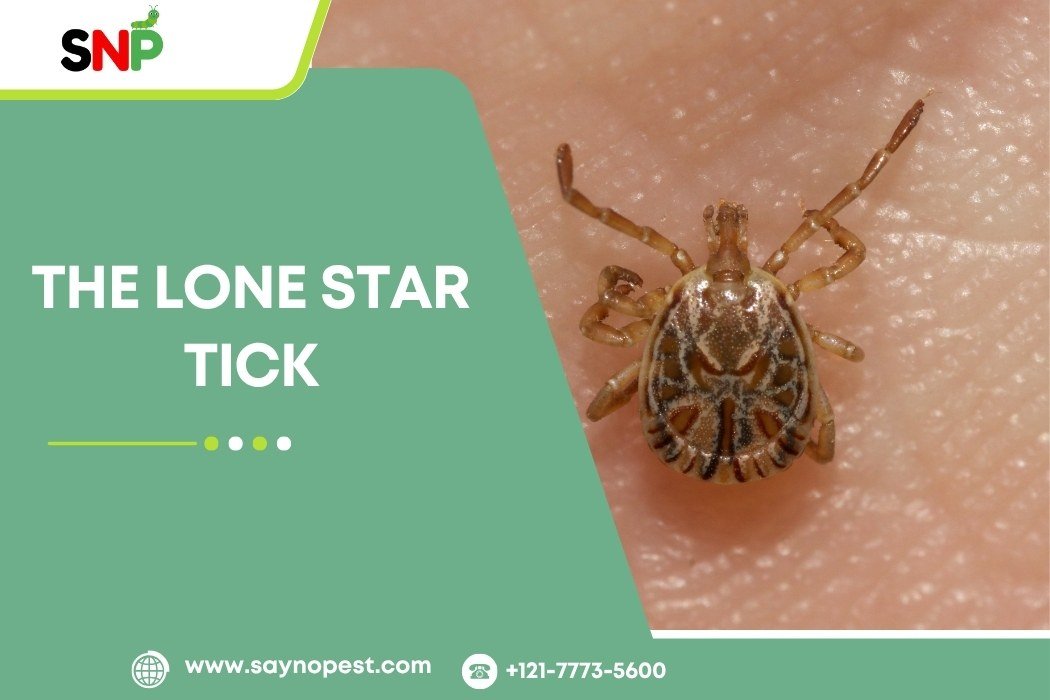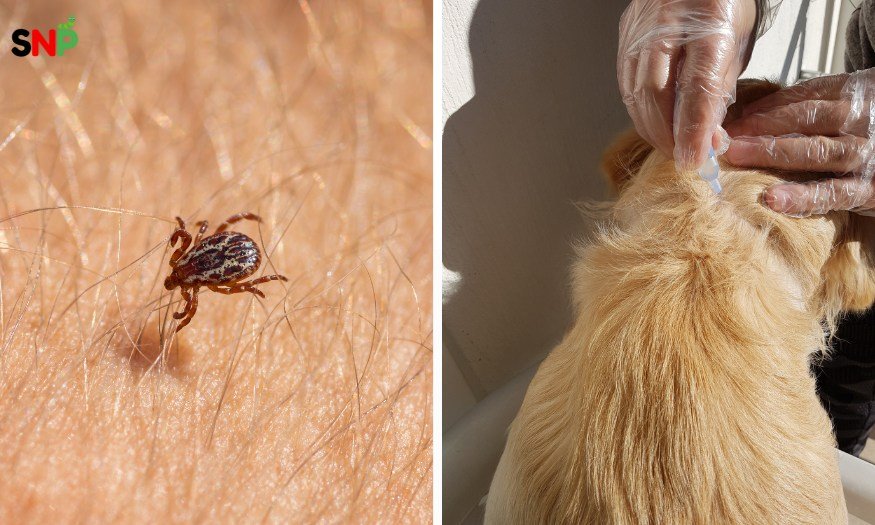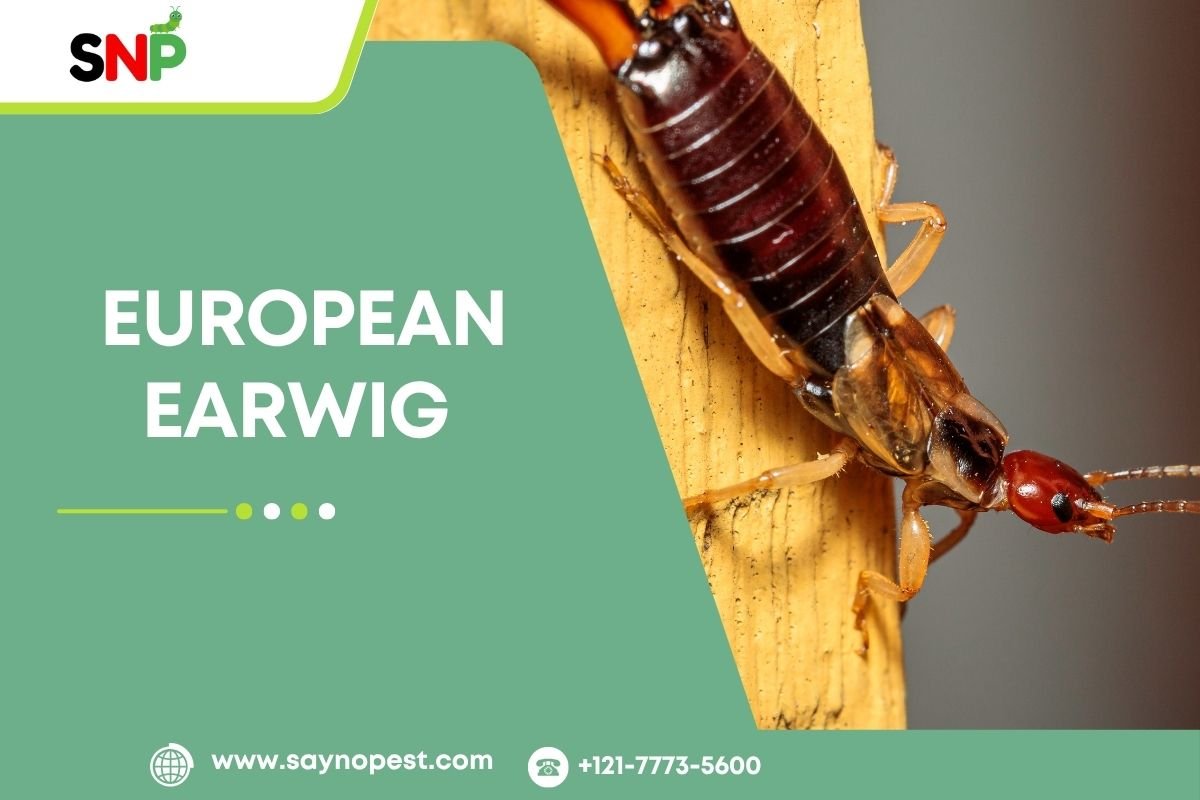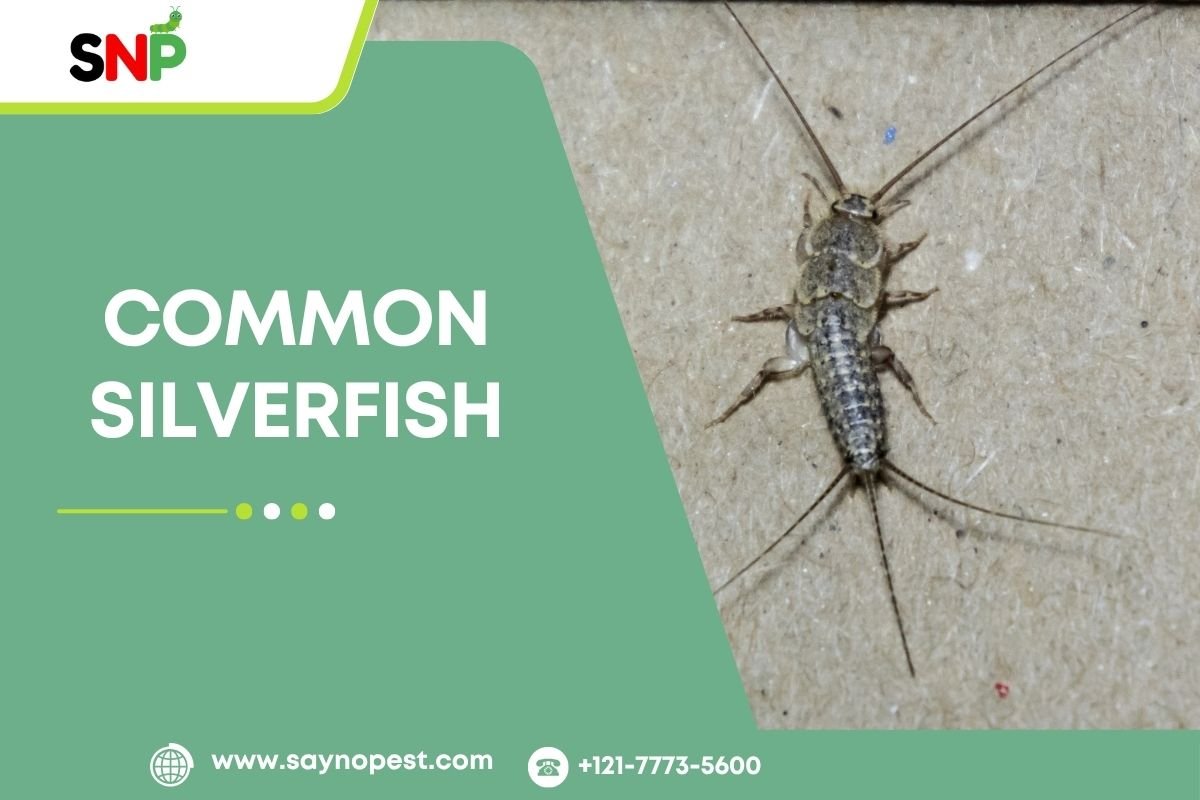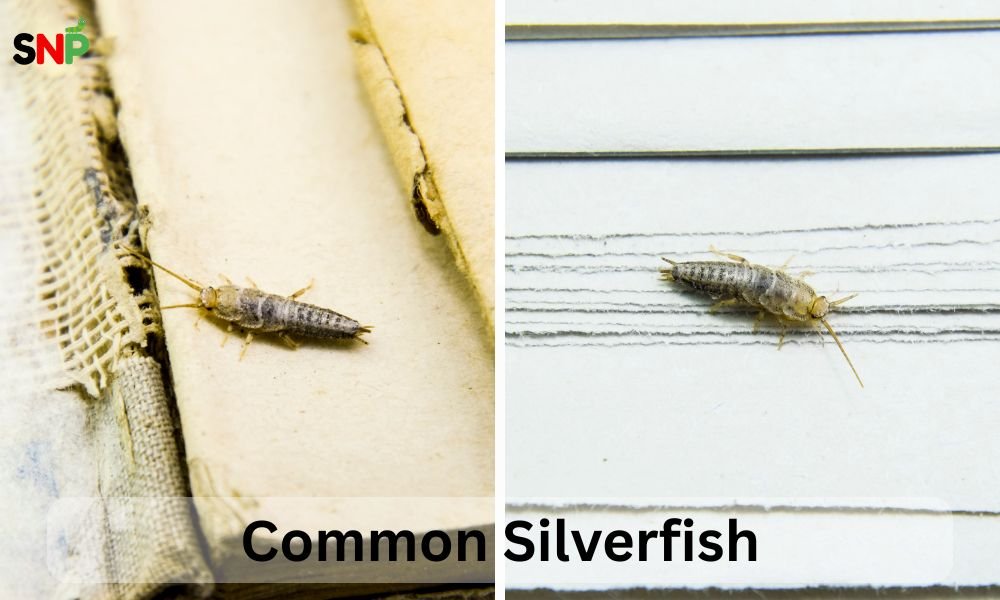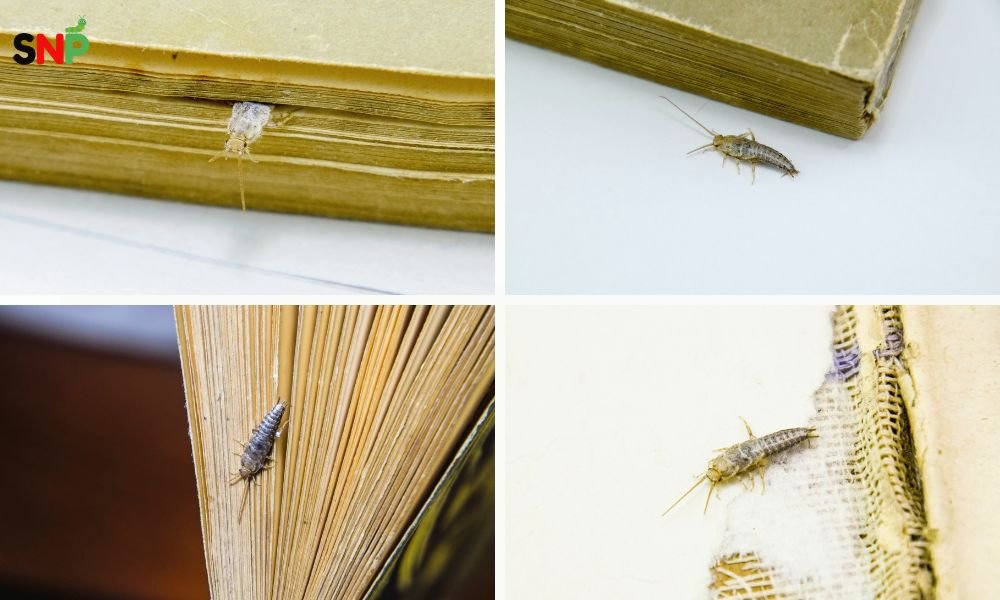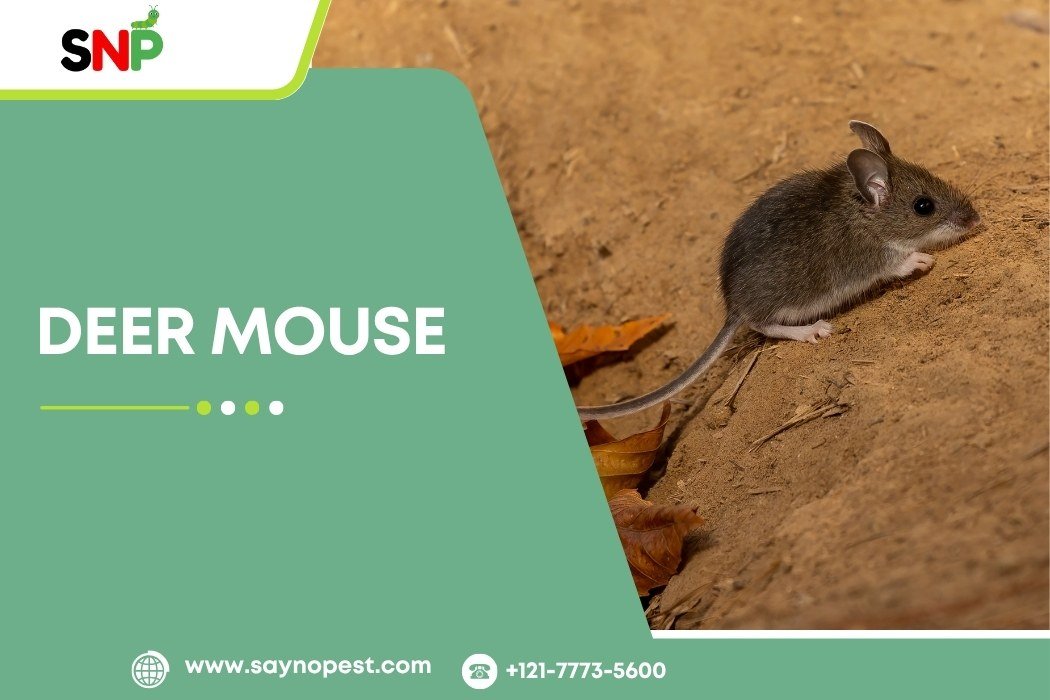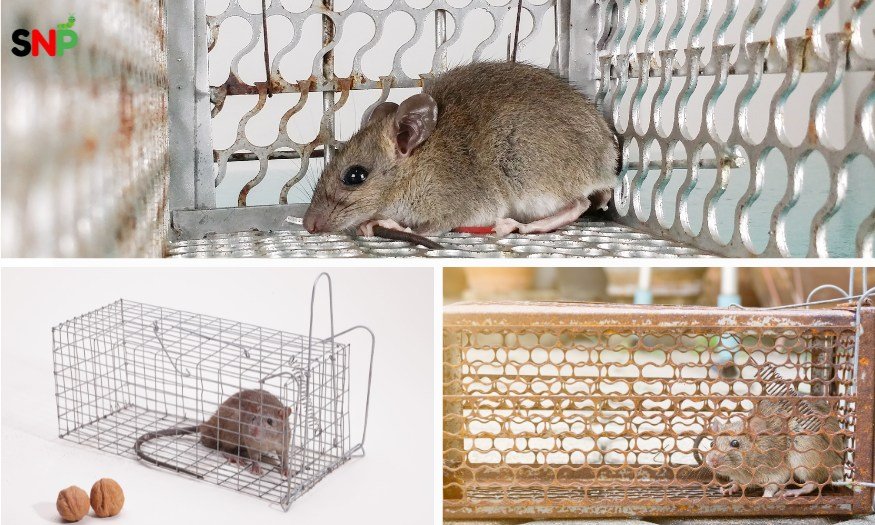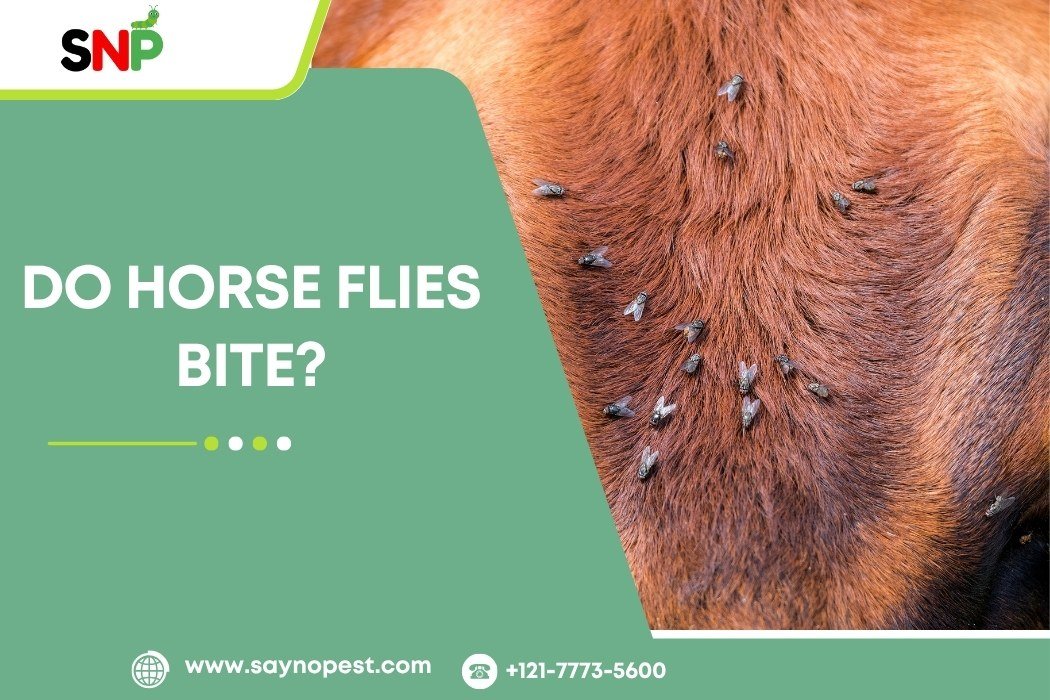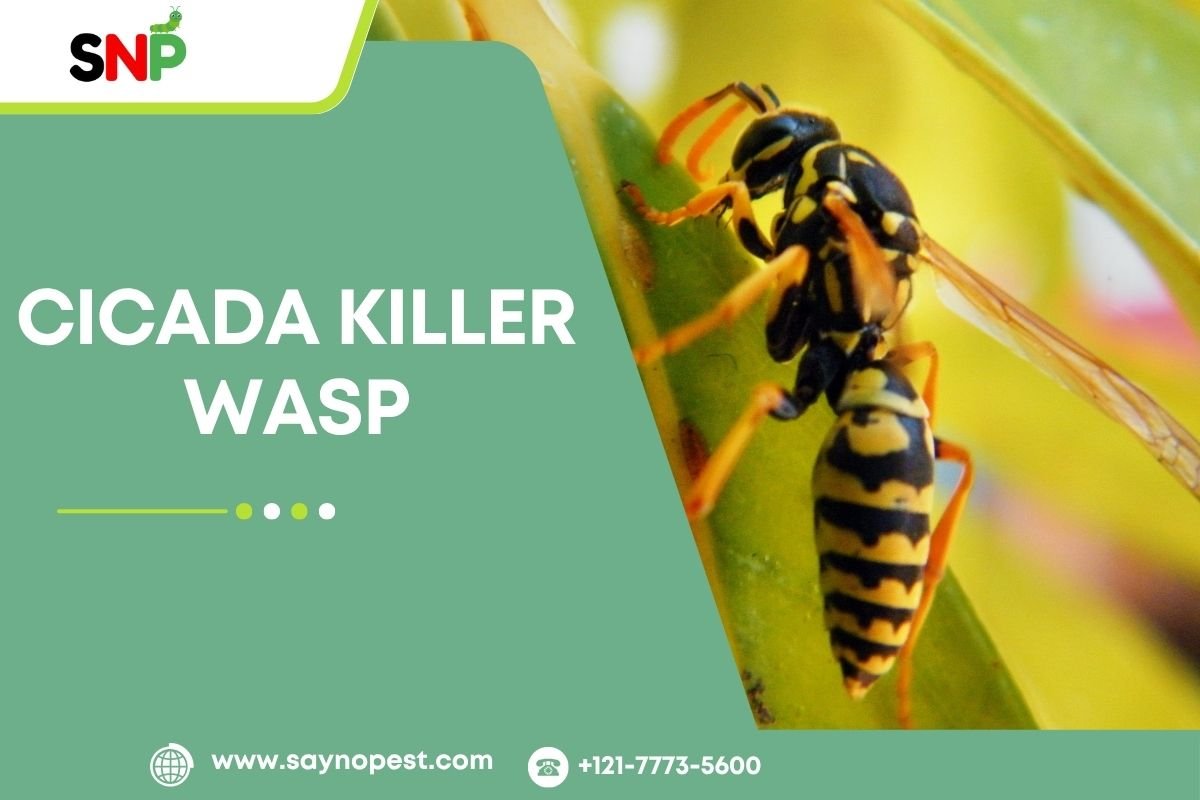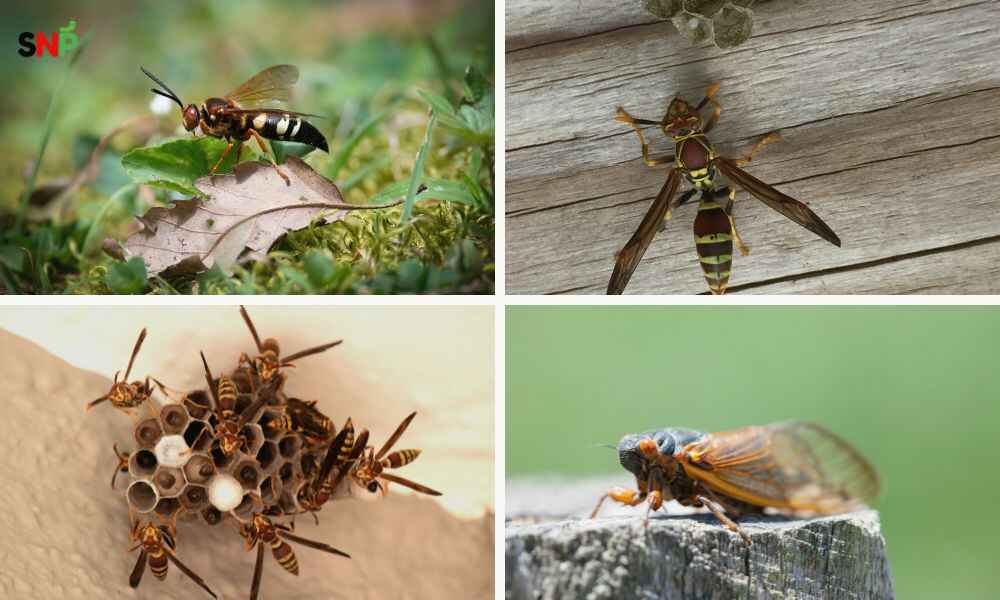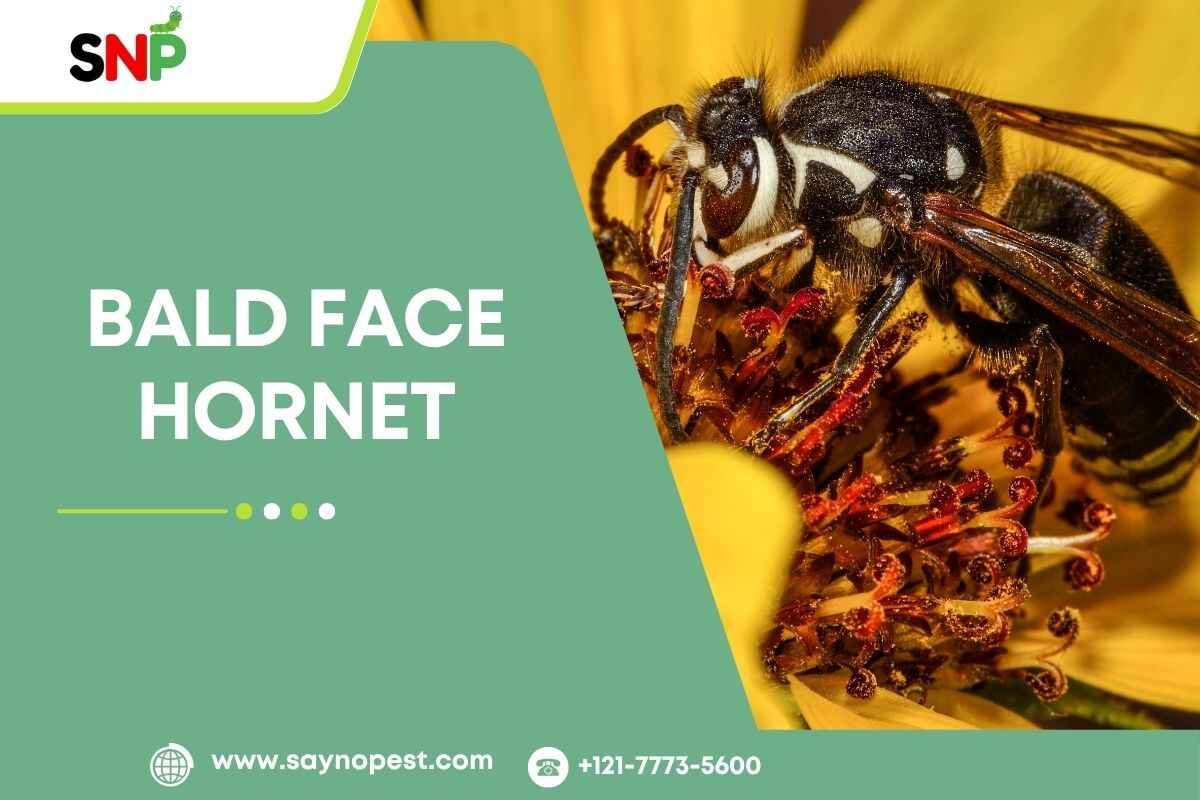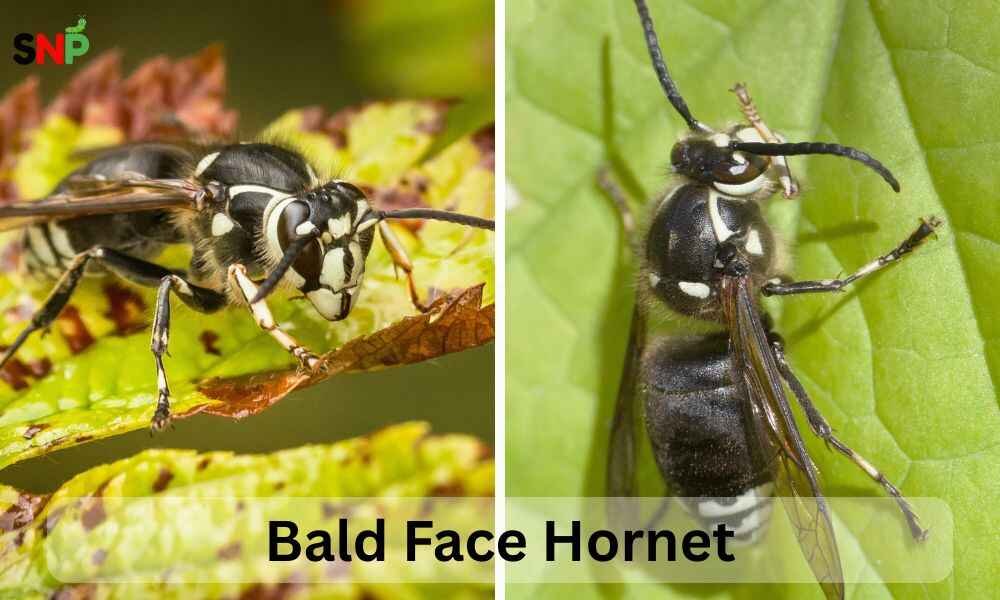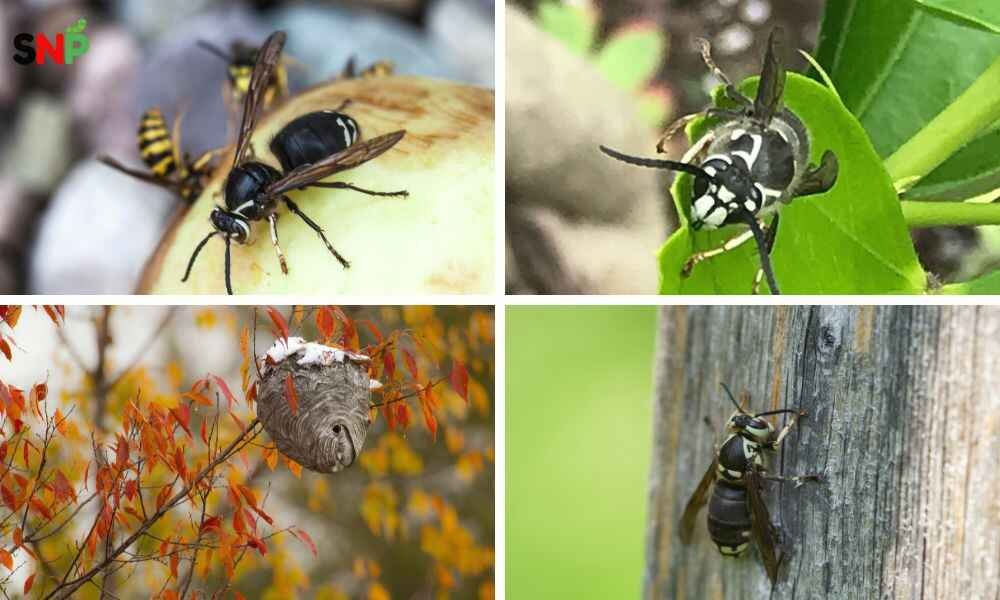The mountain pine beetle is an insect with a tiny body but a destructive nature that has significantly affected the ecology of pine forests in the United States. It is a beast characterize by its capacity to wipe out entire forests, and the beetle is therefore a very large problem if it is not control. The affected people include those who have their homes within the forests or to whom these forests are of interest, and those who are managing the land. In this article, we will investigate the mountain pine beetle appearance, the function of pine beetle larvae, ways of detecting an infestation, and, most importantly, measures and strategies on how to efficiently remove the mountain pine beetles.
What Does a Pine Beetle Look Like?

This beetle is refer to as mountain pine beetle and is a small pest. The beetles, when adult, are usually black to reddish-brow in color and are smooth. Their body structure is cylindrical. They are small in size, but their impact is very large. These beetles are normally found on pine tree bark, particularly when they are flying, mainly in summer. They are small, which is why it is hard to detect them at an early stage, yet the possibility of detecting them must viewed as a prerequisite for controlling the invasion of beetles.
Pine Beetle Larvae: The Hidden Destroyers
The stages of the life of a beetle that are the most conspicuous and best known are those of the adult beetles, but it is the pine beetle larvae that cause the most harm. The female beetle first digs into the wood of the tree and then lays eggs inside. Once this is done, the larvae arise, which seem to legless worms with brown heads. These larvae mainly stay on the backs of the tree and feed on the phloem of the tree, which is the part of the plant that sends water and nourishment all over the tree.
The larvae that burrow and feed along the way are the prime reason the tree dies even after being attack because they limit the tree to absorb nutrients at its heart of the matter. This phase of larval growth extends even during winters; hence, when the tree is already infest, it is extremely hard to retaliate.
Signs of Beetle Infestation
Finding a beetle problem in your trees early is very important. If not done, the trees will lost. The following are the common signs
- Pitch Tubes: The tree makes a defense response to the attack if you see on the bark small yellow or red sticky substances (resin blobs) that are the same color as the tree.
- Boring Dust: The reddish-brown sawdust, which is fine in texture, sticks to the crevices of the bark and the base of the tree.
- Egg Galleries: If you see along the bark that there are several long, straight tunnels filled with frass (boring dust and insect droppings), then be sure that the pine beetle is out and about.
- Fading Needles: The needles of a tree, if infested, are usually yellow, red, or brown in the process of the tree’s death.
- Blue-Stain Fungus: The beetle brings a blue-stain fungus with them. These Fungus Discolors the wood and also impair the tree’s ability to transport water even more.
If you spot the symptoms mentioned above, then you can be sure that there is a beetle invasion and take the best possible action
How to Get Rid of Pine Beetles

In dealing with how to get rid of pine beetles, one has to consider a range of measures that include prevention and treatment:
Remove Infested Trees
Quickly felling and taking away infected trees is the most indispensable part of stopping the outbreak of the mountain pine beetle among the healthy ones.
Solar Treatments
The infested trees, which are cut down, can be stack in the sun and then covered with plastic for small stands. This solarization method can increase temperatures beneath the bark, which leads to both adult beetles and pine beetle larvae.
Chemical Treatments
Insecticide sprays that serve as protectors of high-value trees can be preventive. They should used prior to the invasion and commencement of their attack by the beetles, which normally occurs during late spring or at the beginning of summer. The most effective ones are products that have bifenthrin, carbaryl, or permethrin. However, they can only used when the infestation has not happen and when they used before the beetle infestation taking place
Trap Trees
As a method of controlling populations, sometimes, healthy trees are cut and left for the beetles to come. The removal of the infested trees after the beetle invasion has the effect of reducing the local beetle population.
Contact Pest Control
The application of these chemicals and the removal of the trees can be a complex task, and thus, it is the best option for professionals who are trained to do it most efficiently and also to keep the environmental impact at a minimum, to carry out the work.
On the other hand, a tree that is already heavily infest cannot save. The role of dealing has to changed to a more defensive one, which means protecting the trees near and preventing further beetle infestation.
Conclusion
Mountain pine beetle is consider one of the most common harmful factors for forests and parks in America. By knowing what a pine bug and pine beetle larvae look like, what the signs of a pine beetle infestation are, and how you get rid of the pine beetles, you will be able to save your trees if you are a tree lover. The best way to deal with them is to prevent and spot them early on- after the beetle has taken over, hardly any options will left. Protecting your property with vigilance and quick reaction can be a way for you to contribute to the health of America’s forests.
If you are not sure but it is possible you may have a beetle infestation, or you need tips on pine beetle removal, you should not refuse to get in touch with a pest control service that is a specialist in forest pests. Take care of your trees now, and they will continue to beautify and add value to your landscape for a long time.
